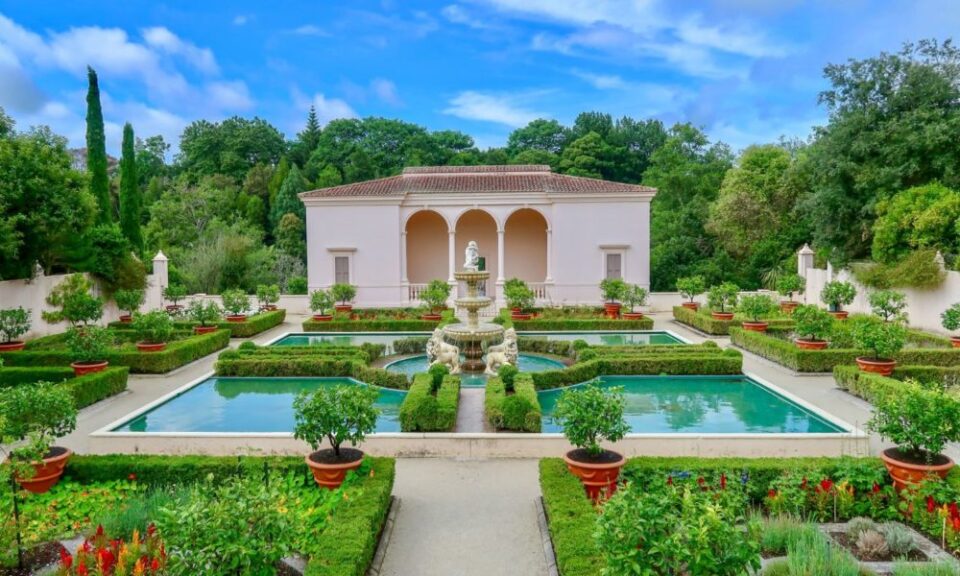Constructing an eco-friendly home aligns environmental sensibilities and cost savings through energy efficiency, water conservation, and healthy materials. Beyond just marketing buzzwords like “green” and “sustainable”, customizable earth-friendly practices provide homes with minimal footprints. Approach sustainability as an ethos guiding all decisions throughout your project. Weigh the environmental pros and cons of everything from siting and landscaping to materials and systems.
Avoid compartmentalizing “green features”. Make eco-minded choices the norm, not the exception. Set ambitious sustainability targets. Take advantage of passive solar heating and cooling by orienting the home and optimizing glazing to welcome the low winter sun while blocking the intense summer sun. Proper solar orientation cements into the fundamental home design for free daily comfort straight from the sun. Select healthy non-toxic materials with natural, recycled, and locally sourced components. Favour materials made sustainably like FSC-certified wood, natural linoleum floors, and recycled content tile. Building “green” depends greatly on material choices. Vet products thoroughly and request environmental reports from manufacturers. Solar PV systems and geo-exchange heat pump systems significantly lower home energy demands and carbon footprint. Renewable energy warrants extra upfront costs but pays ongoing dividends. If unable to install full systems initially, pre-wire for easy future additions. Renewable energy helps achieve net-zero or self-reliant goals.
Super insulate the building envelope from roof to foundation using ample continuous insulation, quality windows, and air sealing measures like spray foams. It prevents costly energy loss while lowering HVAC needs. Upgraded insulation repays itself quickly in utility savings. Take advantage of robust modern materials and installation methods. Utilize passive solar, cooling breezes, generous overhangs, and ample vegetation instead of just relying on mechanical HVAC systems. Home orientation, window placement, plants as shade, and smart landscaping lessen the burden of unsustainable cooling and heating. Limit unnecessary water usage by selecting low-flow fixtures, native drought-tolerant plants, and high-efficiency irrigation. Also, reuse rain and greywater through collection tanks and piping to toilets or gardens. Every gallon saved makes a difference. Look for creative ways to curtail waste while tapping alternative sources. Maximize operable windows, interior transoms, and home organization to encourage effective cross ventilation and airflow.
Let home design and siting leverage natural winds. Options for low or no VOC paints, adhesives, cabinets, flooring, and trims for cleaner indoor air quality. Also, minimize emissions from composite wood through formaldehyde-free products. What’s inside your walls matters hugely. Avoid finishes with harmful off-gassing chemicals. Get third-party verification of your home’s green design through recognized certifications like LEED, Energy Star, NAHB Green, and Passive House. Meeting certification criteria reassure homeowners and streamlines target setting. Credible programs validate claims.
Design heating, cooling, and water heating equipment correctly sized for your home’s needs without overpowering capacity. Oversized systems waste energy. The explanation of load calculations and mechanical designs should strike the appropriate balance between comfort and efficiency. Build in conduit, wiring, and space for anticipated smart home and renewable energy technology even if installed later. Preparing now prevents major disruptions down the road. Innovative systems are seamlessly incorporated as needed and budgets permit thoughtful design guiding home fundamentals.

